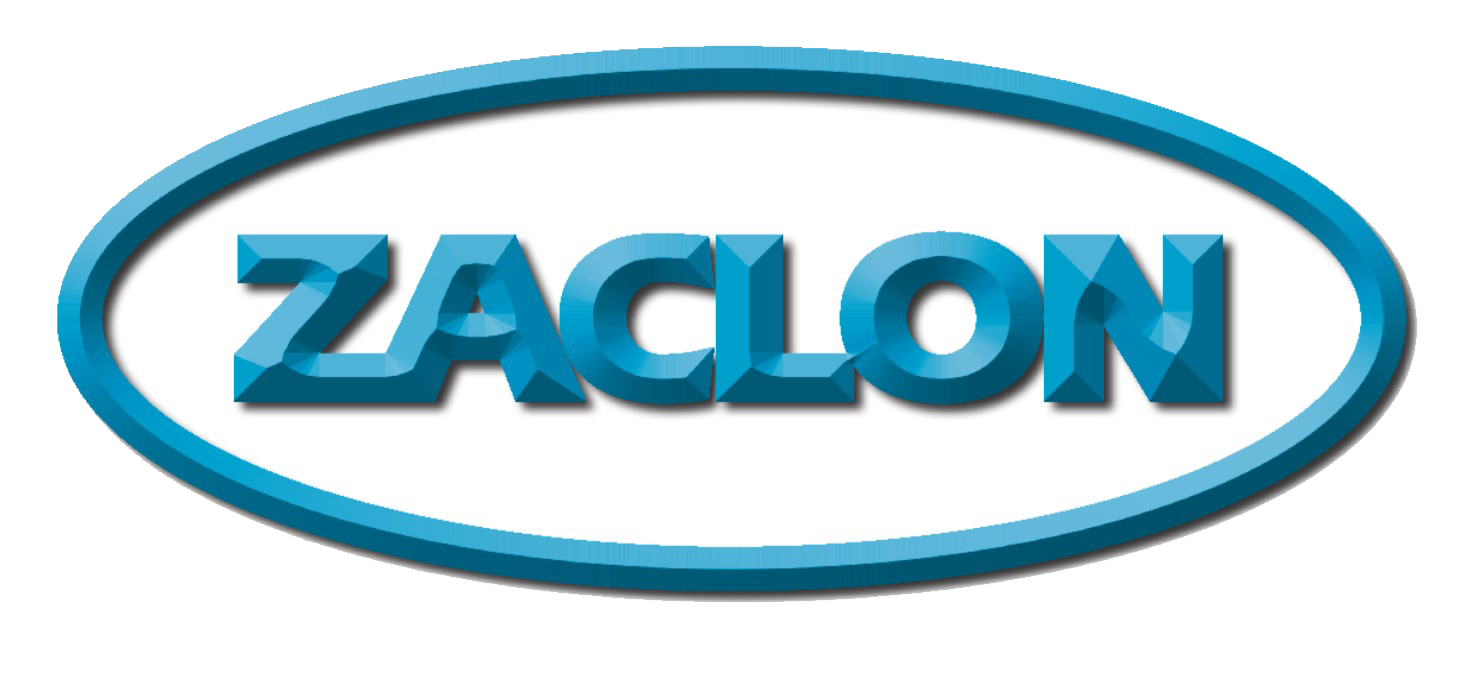Galvanizing 101
From the Desk of Bob Woods: Galvanizing 101
Hot-Dip Galvanizing is the process of alloying iron and molten zinc to create a corrosion-resistant alloy coating. This coating protects steel or iron from rust, both as a barrier and with an electrochemical reaction. To get this alloying reaction to happen, though, the steel or iron surface has to be prepared; mostly, this means cleaning off the surface. The things that can be found on the work can include everything from fingerprints to cosmoline-type grease, light rust to heavy “scale”, and sometimes other coatings such as stencil, chalk, spray paints, etc. All of this has to come off.
Most of the time, the grease and other “dirt” is removed with either a dip-tank full of a degreaser, often an acidic (such as Hydronet) or a caustic (such as sodium hydroxide boosted with SB Clean). The other common cleaning method is mechanical, such as a shot-blaster, grinder, or even a file.
The choice of the type of cleaning is difficult, since almost every type of steel and iron can be galvanized; in some fabrications, you might see multiple types of steel, lubricants, paint, etc. The Hydronet acidic degreaser can handle a wide range, as can the SB Clean-boosted caustic; both are easily maintained with simple testing.
Ultimately, the goal is to make it easier to go to the next step in the cleaning (removal of iron oxides, or “rust and scale”). More than ½ the time, a problem in the degreasing tank will lead to issues with the final coating--- bare spots, for example. Degreasing, then, is an important step to ease creation of the coating your customer is paying you for!
 Bob Woods - Technical Director at Zaclon
Bob Woods - Technical Director at Zaclon
Since starting with Zaclon in 1990, I have enjoyed the technical challenges of helping our customers solve problems, both as a research chemist and as a technical service specialist. With the expanded responsibilities of Technical Director, I can now help our clients with economic, as well as technical tools for solving the challenges of business.

